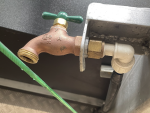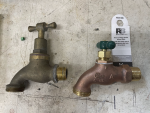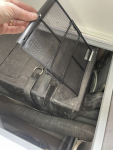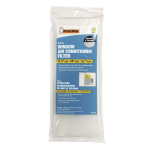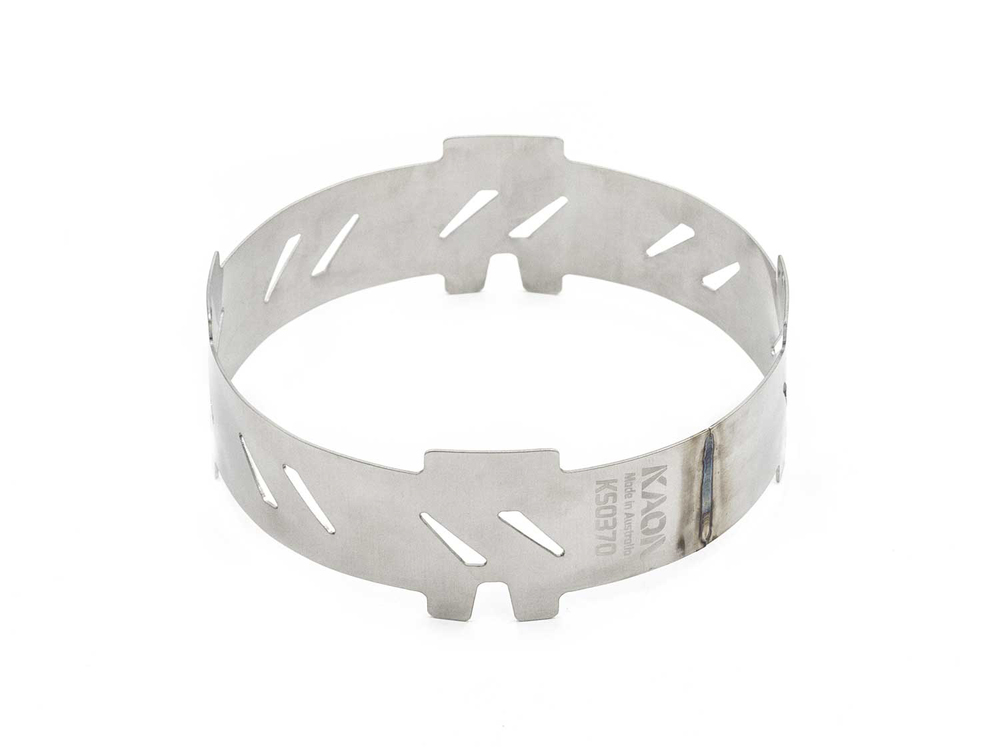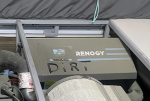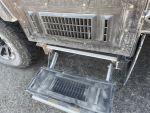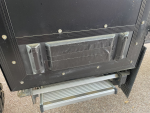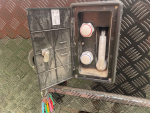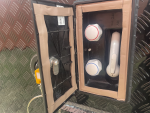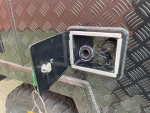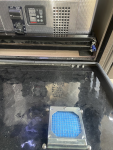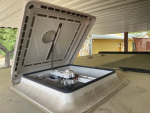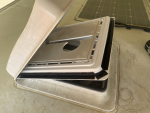Just spent four days in a state forest here in the Mid-Atlantic. As it was our first trip in the D15, this was basically a dry-run to work out kinks and make sure we're set up for longer trips. We learned a lot about how the Dweller works and what we do and don't like and may want to modify.
Observations:
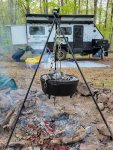
Observations:
- Highway travel at a standard 60 mph was fine. Had a few sway moments closer to 65. Will likely look into getting a WD hitch with sway control (or modify the one I already have.)
- Off road handling was perfect; hit a lot of rough patches and bumps and had no issues.
- The sink drain tube position sucks: hard to stow without it getting in the way of the slide out or dripping liquid into the utensil tray. I saw another post on a mod which I may need to copy.
- There are a lot of sharp parts of metal on the rig that need to be filed down to be safe. There is a bur on the end of the kitchen slide rail that is as sharp as a surgical scalpel and got me pretty good.
- Noticed that the shower door is warped. One corner is not flush to the opening.
- The Truma is great; really quiet and kept us warm even down to 28 F. Water heater was fine too. Over four days we went through about 2/3 of a 20 gallon LP tank.
- Battery life was unimpressive; had to top off at least once a day using my generator. But we had mostly cloudy weather and pretty significant tree coverage.
- My grey water drain solution isn't perfect; in cold weather the pool hose I'm using is to rigid to unwind and direct into a receptacle.
- Would love to come up with a solution to having the refrigerator power cord to retract or be held out of the way of the slide rails.
- We could feel the fold point in the mattress as we slept. It wasn't bad (and the overall comfort of the mattress was good), but I'm wondering how long before it starts to become more noticeable with use.

Last edited:



